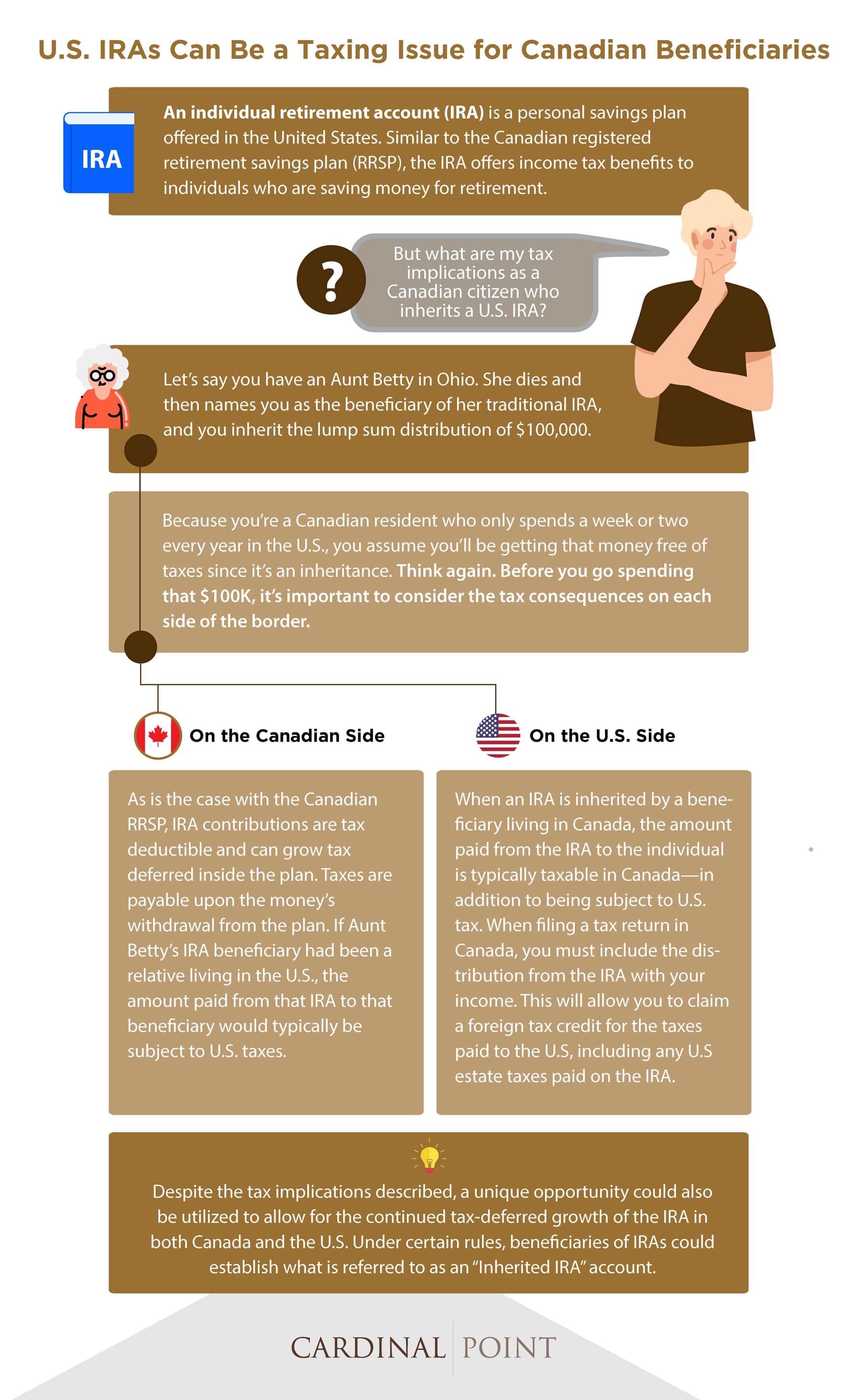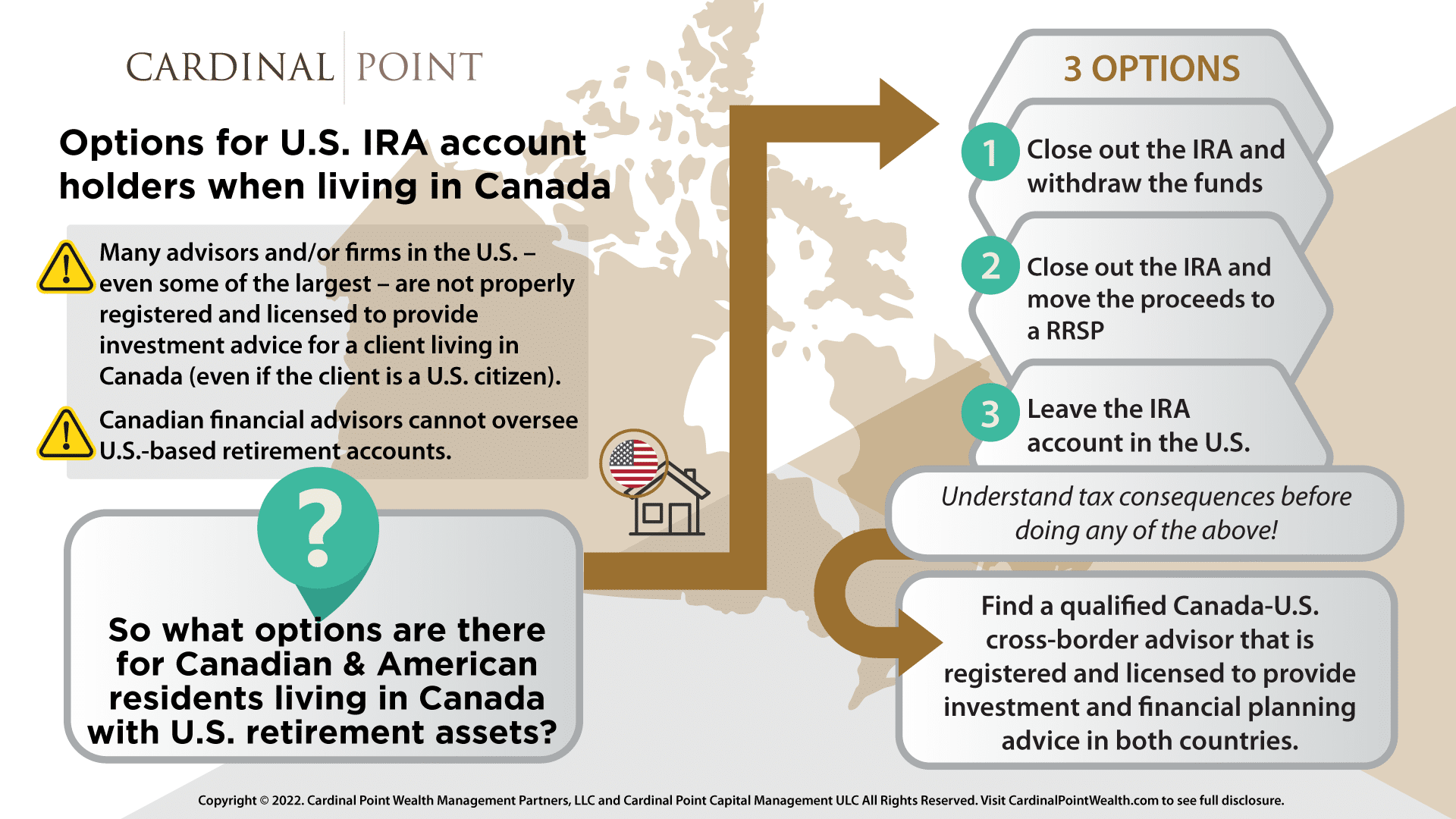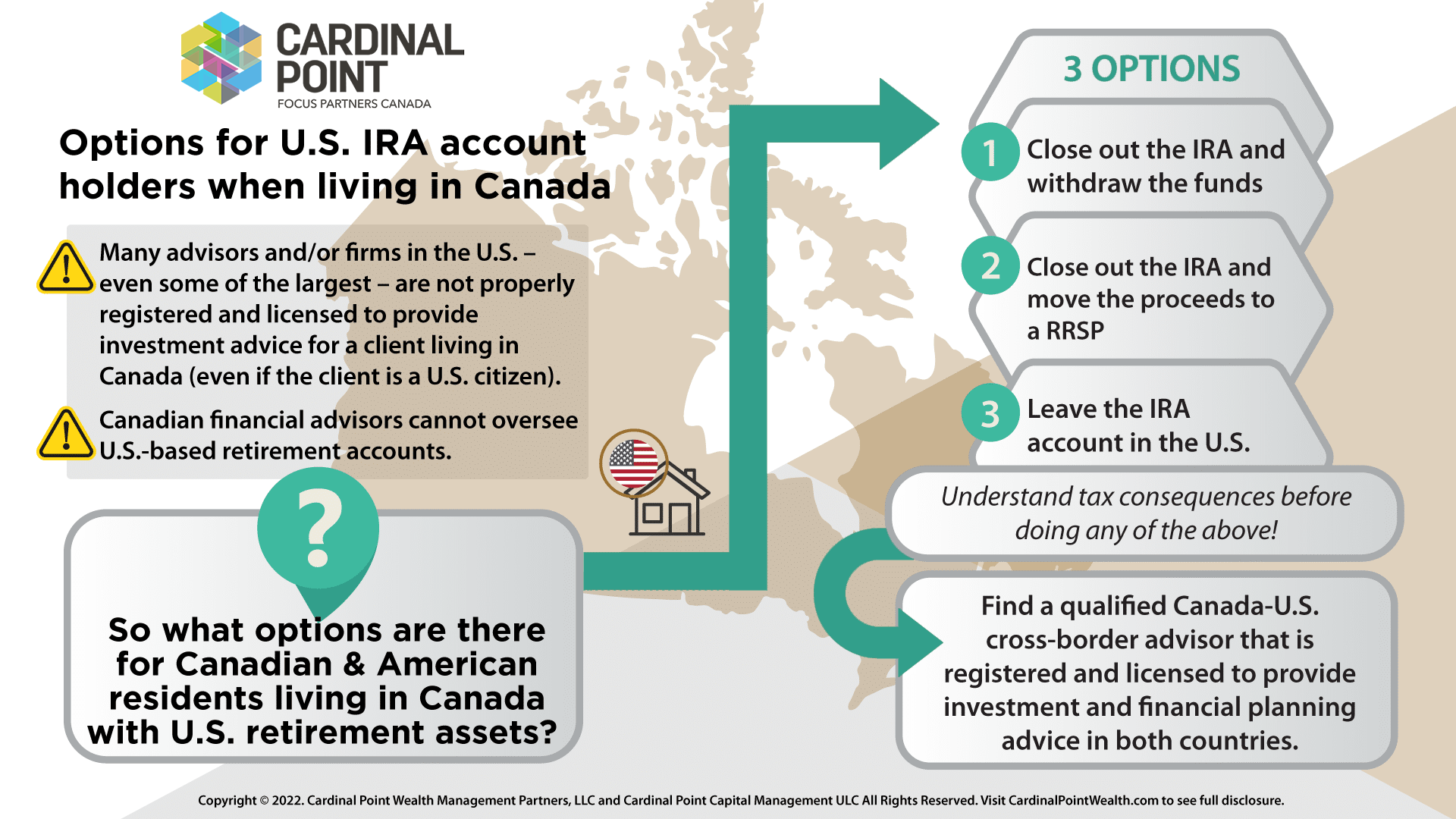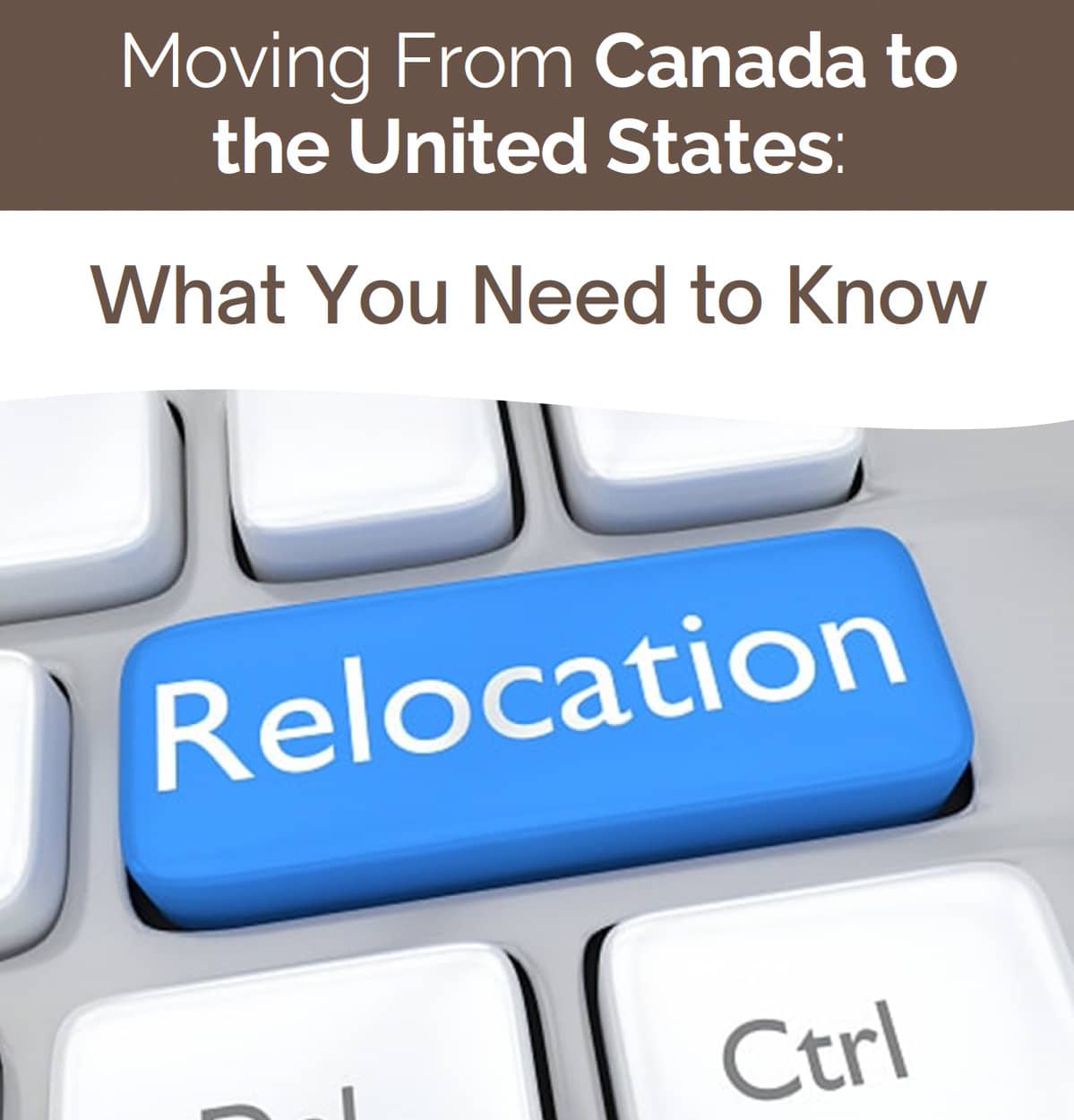IRAs Can Be a Taxing Issue
for Canadian Beneficiaries
A Canadian inheriting a U.S. IRA faces different tax implications than an inheritance in Canada would generate, namely, income tax and income withholding in the U.S. and income tax in Canada. It may be possible, though, for such a beneficiary to defer taxes in both countries by establishing an Inherited IRA account. Download our ebook below to learn more.

Download Our Ebook: IRAs Can Be a Taxing Issue for Canadian Beneficiaries
[activecampaign form=1 css=0]About Cardinal Point Wealth Management
We specialize in assisting affluent Canadian expats, Canada-U.S. dual citizens, green card and visal holders, and snowbirds with their cross-border investment, tax, estate retirement and financial planning needs.



